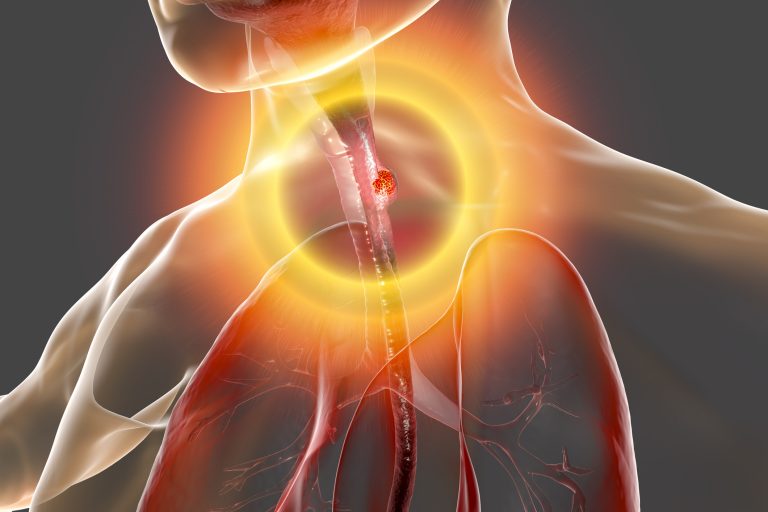
Lucid Diagnostics, a division of Medical device company PAVmed, said Tuesday its EsoGuard Esophageal DNA Test that defines patients with an elevated risk of developing esophageal cancer due to chronic gastroesophageal reflux disease (GERD) had received a Breakthrough Device designation from the FDA.
“This designation validates our belief that EsoGuard is a groundbreaking technology that has the potential to have as great an impact on esophageal cancer as widespread Pap screening has had in preventing deaths from cervical cancer,” said Lishan Aklog, M.D., PAVmed’s chairman and CEO and Lucid’s executive chairman, in a press release. “We look forward to working closely with the FDA to advance our EsoGuard in-vitro diagnostic (IVD) clinical development program at an expedited pace.”
The EsoGuard Esophageal DNA Test is performed on esophageal samples that are collected using Lucid’s EsoCheck Esophageal cell collection device. Together the two tools were created to improve the diagnosis of Barrett’s Esophagus (BE), with and without dysplasia—a progression of precursor conditions that culminate in highly lethal esophageal cancer (EAC) as well as EAC itself, in patients with gastroesophageal reflux disease (GERD).
”I have dedicated my career to the care of patients across the disease spectrum from BE, with and without dysplasia, to lethal esophageal cancer, and have participated in some of the key developments in this field,” said Nicholas J. Shaheen M.D., professor of Medicine and Epidemiology and chief of the Division of Gastroenterology and Hepatology at UNC HealthCare in a prepared statement.
“I am very excited that the FDA deemed EsoGuard worthy of Breakthrough Device designation. This recognition significantly enhances EsoGuard’s potential to prevent deaths from esophageal cancer through early detection of these conditions,” continued Shaheen, who is also director of the American College of Gastroenterology (ACG) Institute for Clinical Research and Education and lead author of its guidelines on the diagnosis and management of BE.
According to ACG, while its guidlines recommend screening in millions of high-risk patients to detect and treat BE, with or without dysplasia, before it progresses to EAC, fewer than 10% of patients actually undergo screening using the traditional invasive approach, upper endoscopy. Most patients diagnosed with EAC are neither aware of their underlying BE, nor that they missed the opportunity to undergo treatment which could have prevented progression to EAC had the BE been diagnosed earlier. As result, the five-year survival rate for esophageal cancer is very low, at around 20%.
EsoGuard performs next-generation sequencing (NGS) of bisulfite-converted DNA to detect methylation at 31 sites on two genes (VIM and CCNA1). EsoGuard has been shown in a 408-patient human study published in Science Translational Medicine to be highly accurate at detecting BE, with and without dysplasia, as well as EAC, with greater than 90% sensitivity and specificity.











